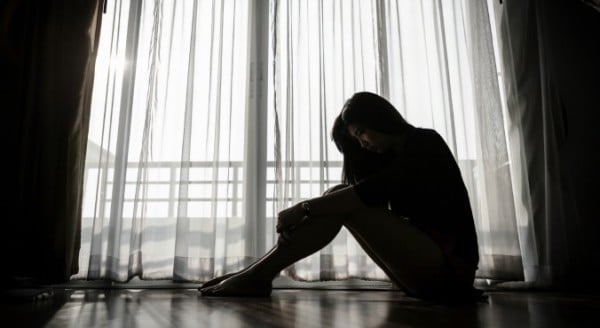
Image via iStock.
When your vajayjay hurts, you know it’s going to be a bad day. When that day turns to weeks, months, and even years, it affects both your body and mind. Truly, when you have chronic vaginal pain, it impacts every aspect of your life. Vulvodynia is an example of such a medical condition—one that can make you feel like you’ve been cursed by Satan himself.
RELATED:”I injured my vagina at spin class.”
With vulvodynia, it hurts to walk, urinate, have sex, sit, or wear tight clothing. Those tight, sexy jeans? Forget about it. Loose sweatpants will become your go-to outfit. In fact, you’ll need them in all colors and styles for whatever function looms. And even with their aid, it often feels like you’re wearing a sandpaper feminine napkin 24 hours a day. There are days when walking isn’t worth it and sitting just isn’t possible. And sex? It’s next to impossible.
RELATED:”My vagina is all over the place.”
What is vulvodynia?
Vulvodynia is unexplained pain in the female vulva region—it’s not contagious, but you’ll feel like you need to call the fire department. You get this diagnosis after all other tests have come back negative. It can be confined to a single point or the entire area. It affects all women differently, but most use descriptors like: burning, inflamed, itching, red, and swollen. It can begin suddenly, with flare-ups lasting days, weeks—or even years.
(post continues after gallery)
The most creative vajazzling efforts on the internet
Possible causes
If you think you have it, you might resist going for an exam; the excruciating pain causes fear that you have some awful STD, a chronic disease, or even a rare form of cancer. The medical community doesn’t know what causes this frustrating, painful condition. Years ago doctors believed it was caused by STDs or menopause but no evidence has surfaced to back this up. Not to mention, it affects women of all ages, not just those in the throes of menopause. Researchers and physicians now believe there may be multiple causes. Some possible sources they’ve identified are:


